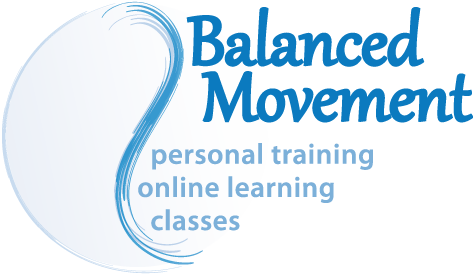The Peter Principal of Exercise: Are You Training to Competency or Incompetency?
Brian Beatty, PT, CFP
As we start off a new year, it is worth examining if have inappropriately learned how to judge the ‘when to stop’ variable. When we are training and practicing, there are mental and physical aspects involved. Cardiovascular fitness and muscle mass are direct physical aspects, but the skill, coordination and mental fortitude are aspects that fall into the category of learning or neuromuscular control. When learning, often the last memory is the one that gets the strongest encoding in your brain. In this case, you are teaching your body to clearly remember the last rep of an exercise or training effort.
“Give Your All, Push through the Burn, Leave Nothing Behind, Go for Broke” are good motivational phrases for maximal effort in competition. But if adopted for every workout or exercise set, this attitude could be detrimental. At maximal effort, the desired form, our movement efficiency and desired quality of movement tends to deteriorate. At this moment, we are at risk for actually engraining a learned pattern somewhere between minimal competency and actual incompetence. We are at risk of unwittingly applying the Peter Principle from business management to our movement learning.
 The ‘Peter Principle’ was a business management observation that in a business hierarchy people tend to get promoted until they reach a level where they are no longer competent for further promotion and then tend to remain at that position and continue to work at a level that is beyond their optimal competency. The implication is that nothing then gets done at optimal efficiency since everyone is pushed one step beyond their optimal performance. The organization is now made up of everyone doing more than what they are really good at and by default the whole system is limited from being in a position to truly thrive.
The ‘Peter Principle’ was a business management observation that in a business hierarchy people tend to get promoted until they reach a level where they are no longer competent for further promotion and then tend to remain at that position and continue to work at a level that is beyond their optimal competency. The implication is that nothing then gets done at optimal efficiency since everyone is pushed one step beyond their optimal performance. The organization is now made up of everyone doing more than what they are really good at and by default the whole system is limited from being in a position to truly thrive.
This is clearly not an optimal way to work, nor is it a good way to train ourselves for our health, fitness or anything else we do in our lives. Avoiding this trap is not that hard, as long as we recognize it and then focus on prioritizing our training effort around the sense of what simply feels good, efficient and comfortable. We have all experienced times when we are working hard, but things feel synced up or in flow and other times when that is not the case. Cultivate the ability to listen internally to your sense of the quality of your movement or activity. When your desired quality starts to deteriorate, ease off just a notch till you find a level you like and stay there. Soak in that experience for you brain to remember. If you can’t find the quality you want, pat yourself on the back for a job well done up to that point and walk away for the day. Learn to perform at your optimal competency, not struggle at the edge of incompetency. Every rep of every exercise should have the goal that you control the end point of the movement before it stops you. Lose of balance or lose of control of your form means that the exercise/movement is now controlling you, not your controlling it. Focus on staying clean and controlled so that your nervous system continuously learns competent confidence in movement.
Initially written for Endurance Magazine, February 2017
Categories: Articles, Brian Beatty's Blog, Fitness and Strength Exercises, Health & Wellness




